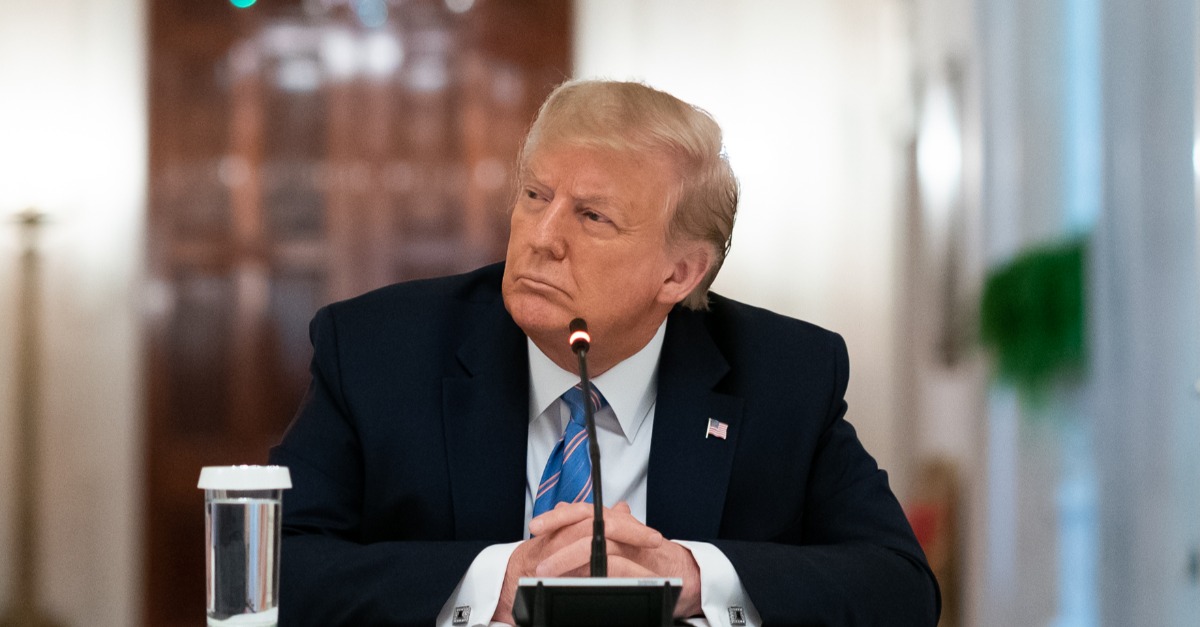Trump Proposal to No Tax Overtime
On the evening of Thursday, Donald Trump, former president, proposed a blanket income tax exemption.
on income earned from overtime. We estimate that the revenue reduction for exempting all overtime payments from the individual tax is lower than the lower bound. The U.S. has a progressive income-tax system where rates increase as income increases. The Federal Income Tax was created in 1913, with the ratification 16th Amendment. Individual income taxes, which are only 100 years old but are the biggest source of tax revenue for the United States, have been around since 1913.
This would be a conventional
of 227 billion dollars over 10 years. This latest proposal would increase Trump’s already promised $6.1 trillion in tax cuts to $6.4 trillion and raise the total deficit increase of his entire tax and tariffTariffs are taxes imposed by one country on goods or services imported from another country. Tariffs are trade barriers which increase prices and reduce the available quantities of goods and service for U.S. consumers and businesses.
Exempting all overtime pay from employee-side payroll taxes (6.2 percent for Social Security and 1.45 percent for Medicare) could further reduce tax revenues by $145 billion over 10 years. While the overtime proposal is lacking in key details, it would have a significant impact on labor market decisions. Employees would be encouraged to take more overtime work, and hourly or salaried non-exempt jobs may become more attractive if the benefit is not extended to salaried employees who are exempt from Fair Labor Standards Act (FLSA) overtime rules.Trump’s proposal would also affect employers as employees find ways to request more overtime work, raising employer labor costs. Some employers may find that overtime work is more attractive and fits well with their current operations. In 2023, the Bureau of Labor Statistics estimated that 34.4 millions workers worked more than 40 hours per week. This could result in a revenue loss of up to $1.1 trillion over 10 years (not including interest costs). The fiscal cost of exempting all pay for working more than forty hours per week, as opposed overtime pay as defined under FLSA rules, can reach up to $1.1 trillion in 10 years (not counting interest costs). Employers must pay 1.5x the regular rate to FLSA non exempt employees and hourly workers for any hours over 40 worked in a week. For tax purposes, overtime pay is added to all other income earned. This results in a consistent tax treatment for all workers. Trump’s proposal, by contrast, levies a “zero tax rate on a completely unprincipled definition of income,” as former Congressional Budget Office director Doug Holtz-Eakin put it.Introducing an exemption for overtime work would increase time spent on overtime decisions for employees and worker classification arrangements between employees and employers purely for tax purposes, distracting them from productive activity. Exempting overtime is a more complex proposal than Trump’s proposed exemptions for Social Security and tips, which both are already subject to certain tax reporting requirements. Instead, exempting a portion of wage income, based on hours worked, introduces an entirely new distinction in the tax code, requiring additional information reporting of hours, likely from employers and employees, as well as new administrative checks.
In short, exempting overtime would unnecessarily complicate the tax code, increase compliance and administrative costs, and reduce neutrality by favoring certain work arrangements over others.
Revenue Estimating Notes
The Bureau of Labor Statistics estimates that overtime and premium pay makes up about 1.0 percent of total compensation, or about 1.4 percent of salaries and wages. Holding that ratio constant over the 10-year window, that totals to about $1.8 trillion in overtime and premium pay.
By holding the ratio of overtime pay to total compensation constant, we exclude any behavioral shifting to increase overtime hours worked or to reclassify compensation arrangements to qualify for overtime pay–and the incentive for such behavior would be strong.
We assume that, on average, overtime pay is taxed at a marginal income tax rate of 12 percent.
We do not incorporate the effect of a recent Biden administration rule change to expand overtime pay to a larger segment of employees, and assume this rule is reversed under a second Trump administration.
Stay informed on the tax policies impacting you.
Subscribe to get insights from our trusted experts delivered straight to your inbox.
Subscribe to our Newsletter
Share






